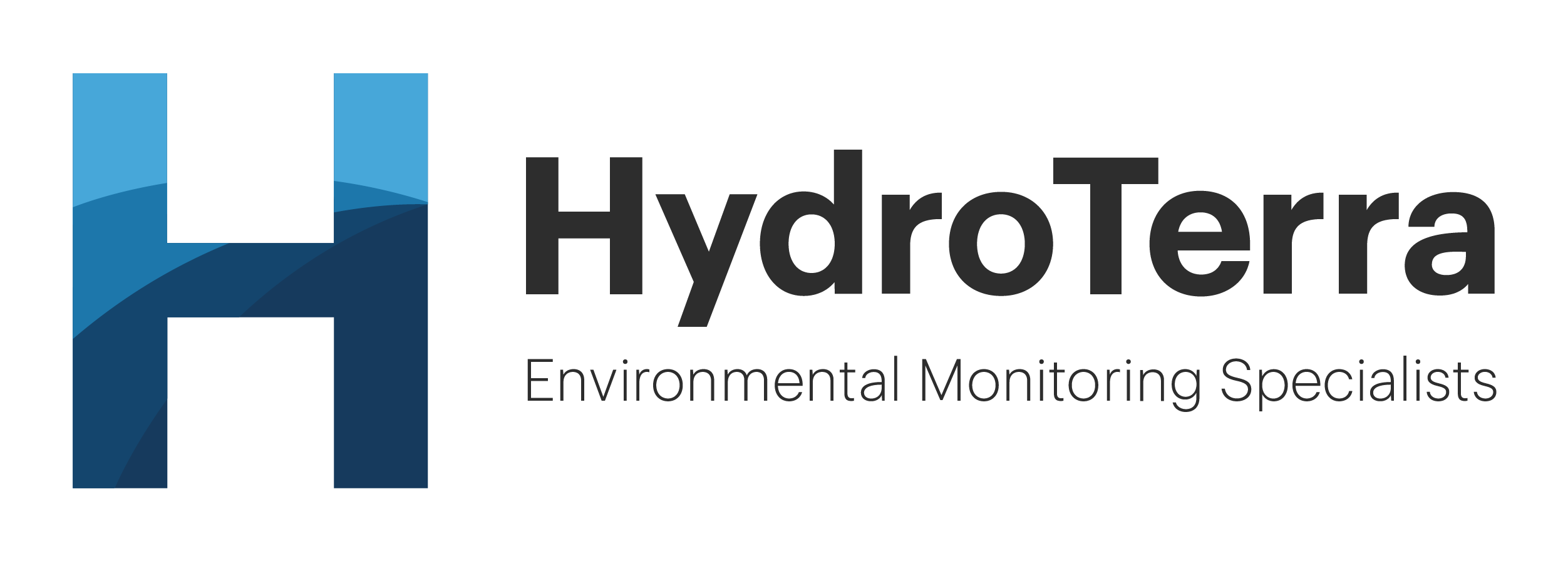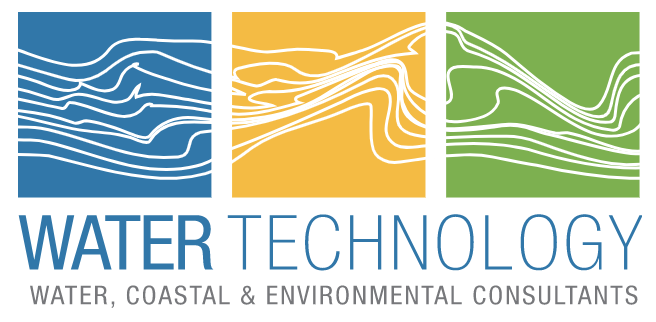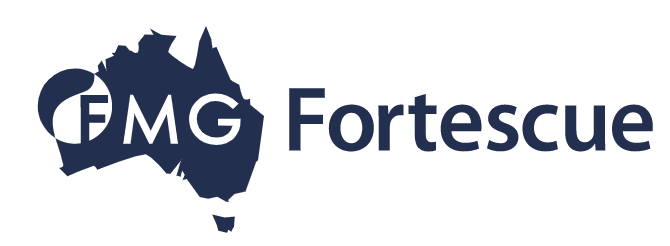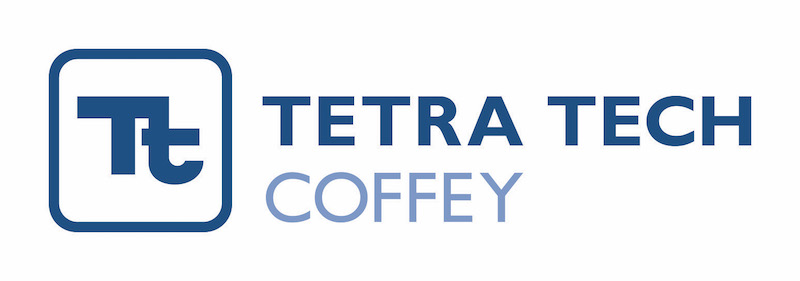A Brief View of Innovative Water Projects at the US Geological Survey and Applications at a Northern California Field Station
About this event
The U.S. Geological Survey developed a national program of gaging streams and groundwater in the late 19th Century. In the 21st Century, we have begun to invest in technologies that will increase our ability to make water observations, and to use those observations to improve forecasts. We share these needs with Australia, and many other countries with water scarcity.
Jonathan Stock, the Director of the USGS National Innovation Center will review a subset of these efforts including the use of new technologies for non-contact stream gaging, mapping of soil moisture, snow depth and ground water tables, LoRa telemetry, and machine learning.
Lisa Micheli will share details of the integrated water monitoring program she launched at Pepperwood, a field station founded by the California Academy of Sciences, and how USGS innovations are being tested and applied to questions of drought and wildfire resilience.
Dr. Jonathan Stock
Dr. Jonathan Stock founded and runs the U.S. Geological Surbey’s National Innovation Center (NIC). The Center’s goal is to identify national scientific challenges, and to pursue them with technology partners using scarce federal dollars to best serve the public. NIC partners with industry, non-governmental organizations, other Federal Agencies and academia to improve the Nation’s ability to map, monitor and forecast its resources and hazards. Stock holds degrees from University of California, Santa Cruz, University of Washington, and University of California, Berkeley. The Center is located at the U.S. Geological Survey in Moffett Field, California, USA.
Dr. Lisa Micheli
Dr. Micheli joined Sonoma County’s Pepperwood Foundation in October of 2009 as its inaugural Executive Director and now serves as the organization’s President and CEO. She brings more than 30 years of experience applying her technical, policy, and fundraising expertise to the design and implementation of watershed restoration, research, and education programs. She started her career at the US Environmental Protection Agency and then completed her graduate studies in fluvial geomorphology at UC Berkeley as a NASA Earth Systems Research Fellow in 2000. As a 2022 Global Fulbright Fellow, she is in Australia conducting comparative research on approaches to improving our understanding of relationships between climate, watershed health, wildfire, and biodiversity.
The talk will also be streamed via Teams – link is here.

























